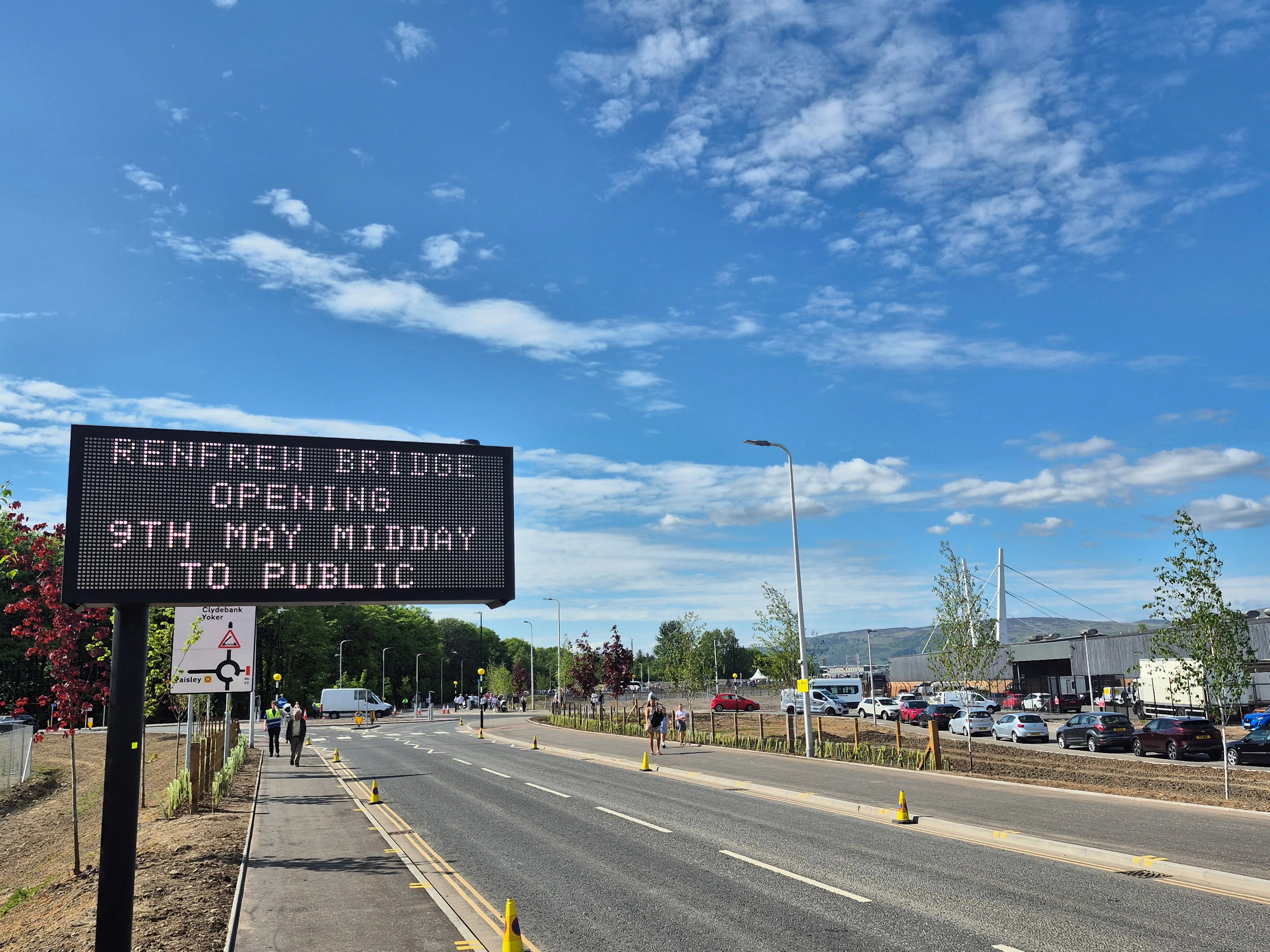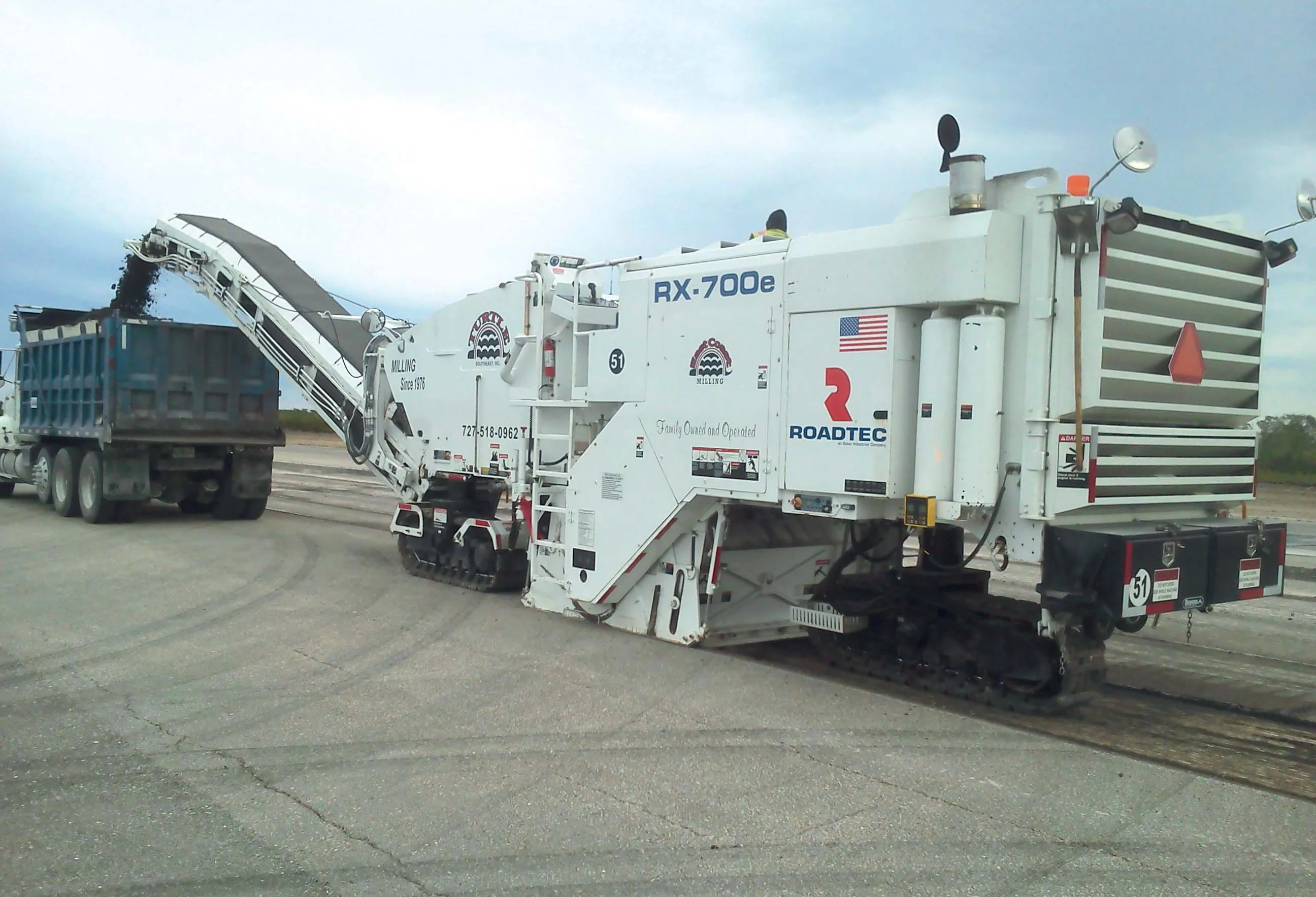
SWARCO UK & Ireland has installed variable messaging signs throughout Renfrewshire to advise drivers planning to cross the new Renfrew Bridge over the River Clyde.
The bridge, which connects Scotland’s Renfrew council regions with Clydebank and Yoker, officially opened in May, is part of a €137 million Clyde Waterfront and Renfrew Riverside project being led by Renfrewshire Council. The project includes more connecting roads, as well as cycling and walking routes.
Principal contractor GRAHAM needed to specify and install a digital signage system to provide real-time information of the bridge’s operational hours, as well as real-time information of traffic conditions, diversion routes or any road closures.
SWARCO UK & Ireland’s solution is a series of 24 RGB VMS on the approach to Renfrew Bridge at strategic locations either side of the River Clyde across Renfrewshire, the city of Glasgow and West Dunbartonshire council region - all within a 3.5km radius. The intelligent, full colour VMS can be used for multiple functions and to display multiple messages. Renfrewshire Council can remotely manage and update the information in real time via a dedicated PGS system that has been installed within the bridge’s control room.
SWARCO says that the signs also the company’s lens technology which ensures the lowest power consumption and, in turn, provides a lower lifetime cost of ownership.
"The digital signage is invaluable in giving early notice of any closures, especially with signs being located in a 2.2-mile radius from the bridge, as this allows people to take an alternative route and reduces queuing at the bridge entrances," said Iain Nicolson, leader of Renfrewshire Council.
“By working in close partnership [with Renfrewshire], we were able to fully understand their requirements and successfully design and deliver a smart and reliable digital signage and traffic guidance system,” said John Pickworth, managing director of SWARCO UK & Ireland.








